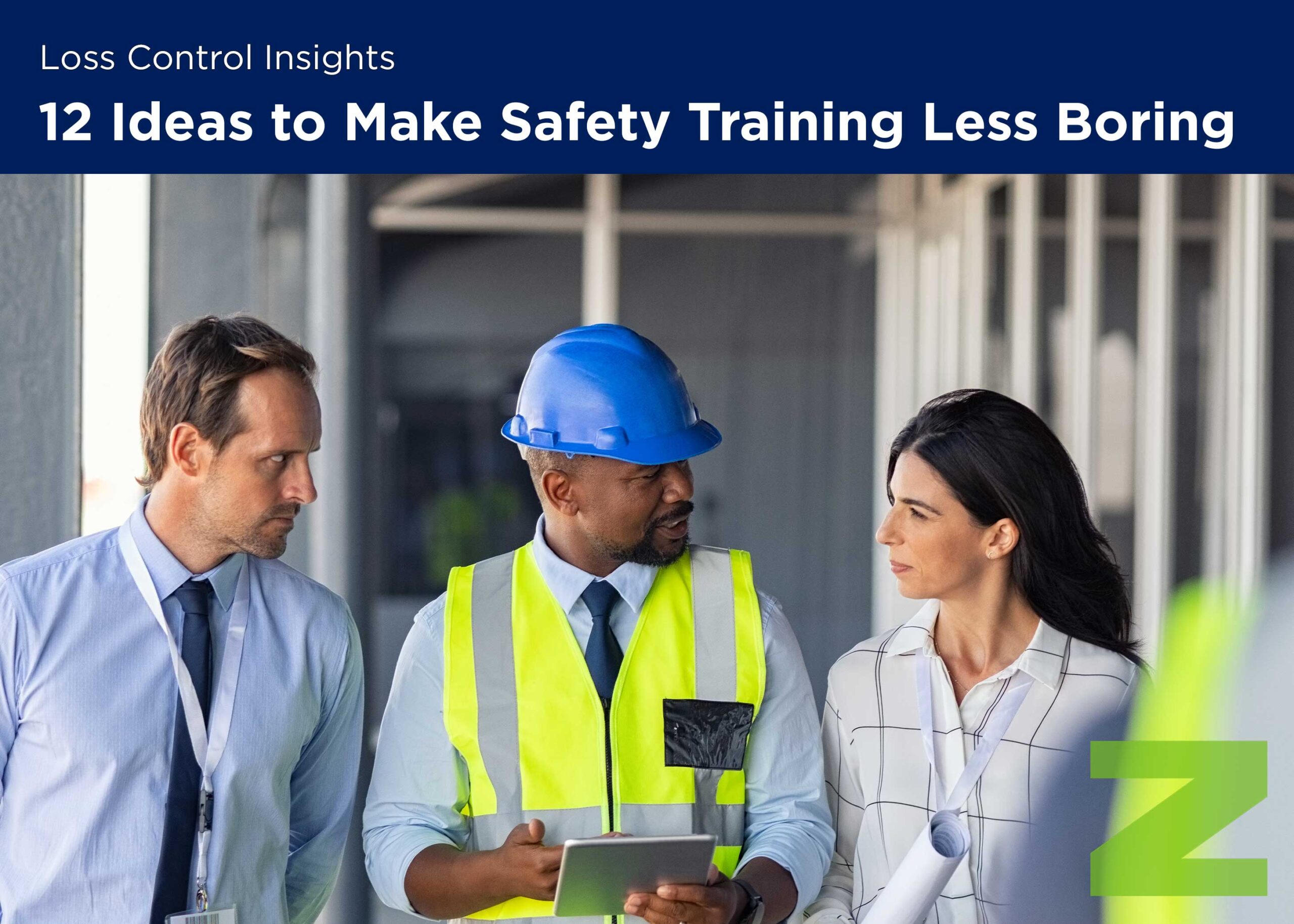Loss Control Insights
Storm Season Prep: Hailstorms and Tornadoes
Through the spring, summer and fall, thunderstorms pose a frequent danger in many parts of the country. While thunder and lightning are common during thunderstorms, other by-products of those storms can be hail or tornadoes—or both. Tornadoes and hailstorms can cause millions of dollars of damage to a community, with hail damage accounting for at least half of typical storm damage losses.
The Dangers of Tornadoes and Hail
Tornadoes can wreak havoc on one home or business and skip over adjacent buildings. They can uproot trees and toss vehicles miles away from their pre-storm location. They can flatten structures or simply rip off a few shingles and move on. As tornadoes get more powerful and more frequent, preparing employees and your building for a tornado is essential.
While the ferocious nature of tornadoes makes them a force to be frightened of, hailstorms don’t get the same level of respect. However, preparing for the possibility of a hailstorm should also be on your radar. Large hail stones can be extremely damaging, but even pea- or marble-sized stones can destroy a roof and break windows with ease.
Hailstorms generally don’t destroy buildings, but may wipe out the roof and windows, add dents to vehicles and metal-clad buildings, destroy fields of crops, as well as trees and landscaping plants. These storms can cut a large swath through the countryside.
Preparing for Dangerous Storms
Your first course of action is to prepare well in advance, beginning with an emergency action plan that includes preparation for severe storms, especially tornadoes. Include the details outlined in Tech Sheet: Emergency Action Plan. Your plan will include details such as how to:
- Prepare your building to keep employees and equipment safe; this may include reinforcing parts of the building, installing a tornado shelter, switching to weather-resistant windows or other precautions
- Monitor weather conditions, and assign and manage critical tasks (assigning responsibility and determining when and how to implement)
- Communicate danger through alarms and other methods
- Prepare safe shelter locations and post routes to reach safety
- Train and practice for an event
- Manage records, vital company information, off-site storage and other business continuity details
- Identify and perform other details pertinent to your company
Employee Preparation
In addition to the plan you develop to protect your building and inhabitants, employees who may be outdoors or in a vehicle also need to understand how to stay as safe as possible. These safety precautions are from the Insurance Institute for Business & Home Safety:
Hailstorm protection. The biggest danger is being struck by hail stones. If you are outdoors, seek shelter inside if possible. Otherwise, protect your head and as much of your body as you can with a jacket, bag or whatever else is at hand. Don’t stand under a tree (which may drop limbs on you) or under a culvert because of the danger of flooding. Also stay away from electrical hazards such as downed power lines. If you are in a vehicle, drive to a shelter such as under a gas-station awning if you can. Otherwise, stop driving and protect yourself from potential shattered window glass by covering your face (especially your eyes), lying facedown on the floor or seat, and pulling a blanket, jacket or other protection over your body.
Tornado protection. If you are outdoors, shelter is critical. If no safe building is available, get into your vehicle and drive to the closest sturdy shelter if possible. In an urban or congested area, don’t try to outrun a tornado in a vehicle; seeking shelter is a safer option. If you are not able to get to a shelter, take cover in the vehicle, put your seat belt on, cover your head with your arms and any available soft items such as a coat, blanket or cushion. If you are outside without a vehicle, lie in a ditch or other low area, and again, take steps to protect your head from flying debris. Moving objects cause most injuries and fatalities. Stay away from overpasses or bridges as low, flat locations are safer.





